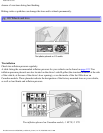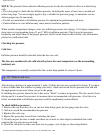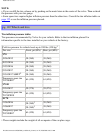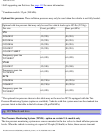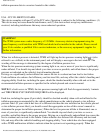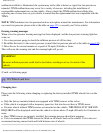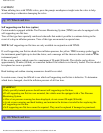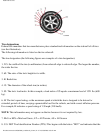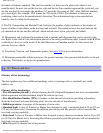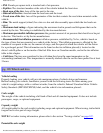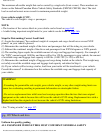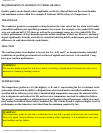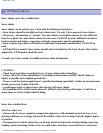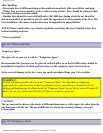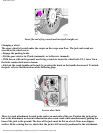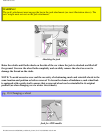
2006 VOLVO V70
tire meets all federal standards. The next two numbers or letters are the plant code where it was
manufactured, the next two are the tire size code and the last four numbers represent the week and year
the tire was built. For example, the numbers 317 mean the 31st week of 1997. After 2000 the numbers
go to four digits. For example, 2501 means the 25th week of 2001. The numbers in between are
marketing codes used at the manufacturer's discretion. This information helps a tire manufacturer
identify a tire for safety recall purposes.
9. Tire Ply Composition and Material Used: Indicates the number of plies indicates or the number of
layers of rubber-coated fabric in the tire tread and sidewall. Tire manufacturers also must indicate the
ply materials in the tire and the sidewall, which include steel, nylon, polyester, and others.
10. Maximum Load: Indicates the maximum load in pounds and kilograms that can be carried by the
tire. Refer to the vehicle's tire information placard or the safety certification label, located on the B-Pillar
or the driver's door or on the inside of the fuel filler door on Canadian models, for the correct tire
pressure for your vehicle.
11. Treadwear, Traction, and Temperature grades: See
page 129 for more information.
12. Maximum permissible inflation pressure: the greatest amount of air pressure that should ever be put
in the tire. This limit is set by the tire manufacturer.
pg. 127 Wheels and tires
Glossary of tire terminology
The tire suppliers may have additional markings, notes or warnings such as standard load, radial
tubeless, etc.
Glossary of tire terminology
• Tire information placard: A placard showing the OE (Original Equipment) tire sizes, recommended
inflation pressure, and the maximum weight the vehicle can carry.
• Tire Identification Number (TIN): A number on the sidewall of each tire providing information
about the tire brand and manufacturing plant, tire size and date of manufacturer.
• Inflation pressure: A measure of the amount of air in a tire.
• Standard load: A class of P-metric or Metric tires designed to carry a maximum load at 35 psi [37 psi
(2.5 bar) for Metric tires]. Increasing the inflation pressure beyond this pressure will not increase the
tires load carrying capability.
• Extra load: A class of P-metric or Metric tires designed to carry a heavier maximum load at 41 psi [43
psi (2.9 bar) for Metric tires]. Increasing the inflation pressure beyond this pressure will not increase the
tires load carrying capability.
• kPa: Kilopascal, a metric unit of air pressure.
file:///K|/ownersdocs/2006/2006_V70/06v70_07.htm (12 of 21)12/30/2006 4:50:31 PM



